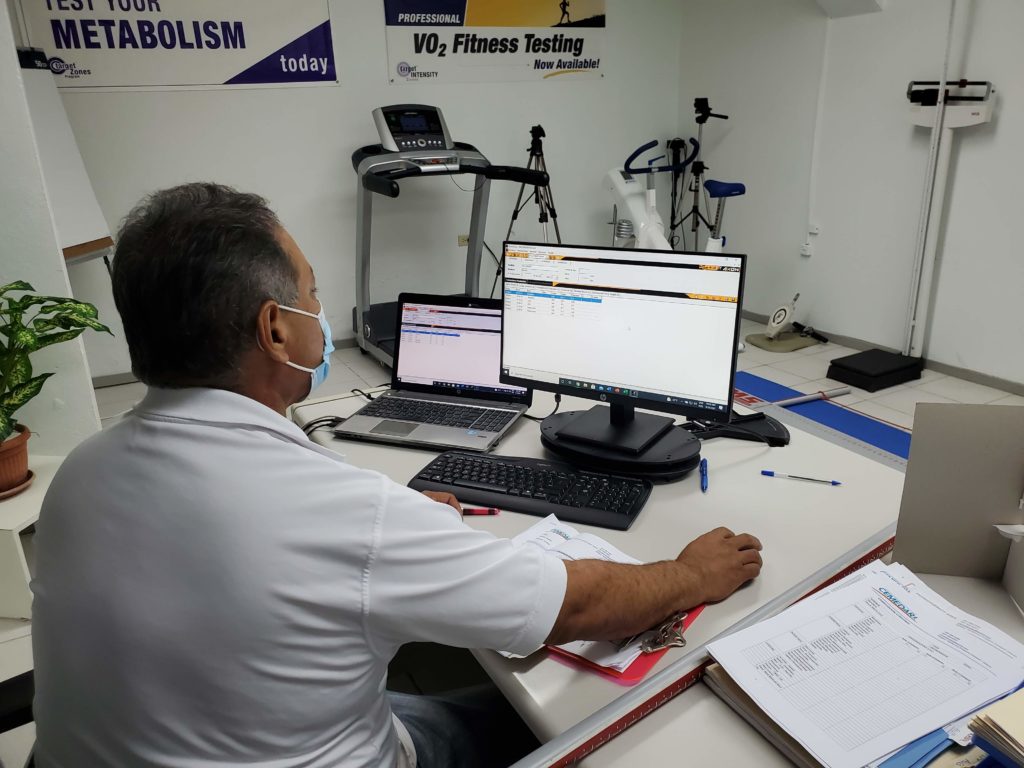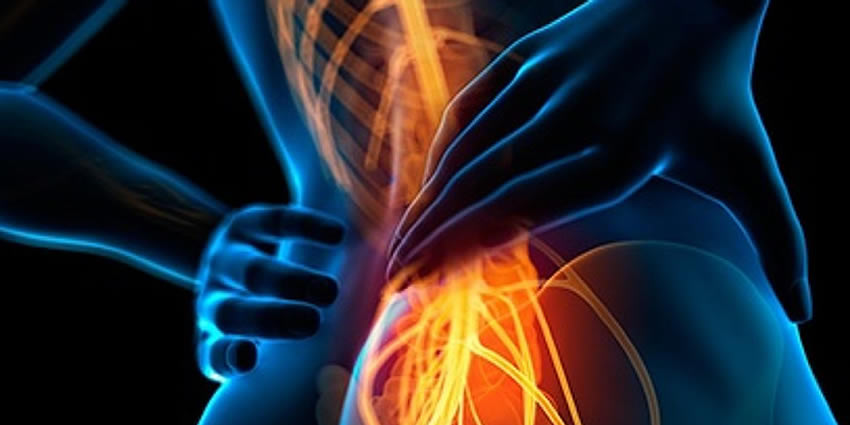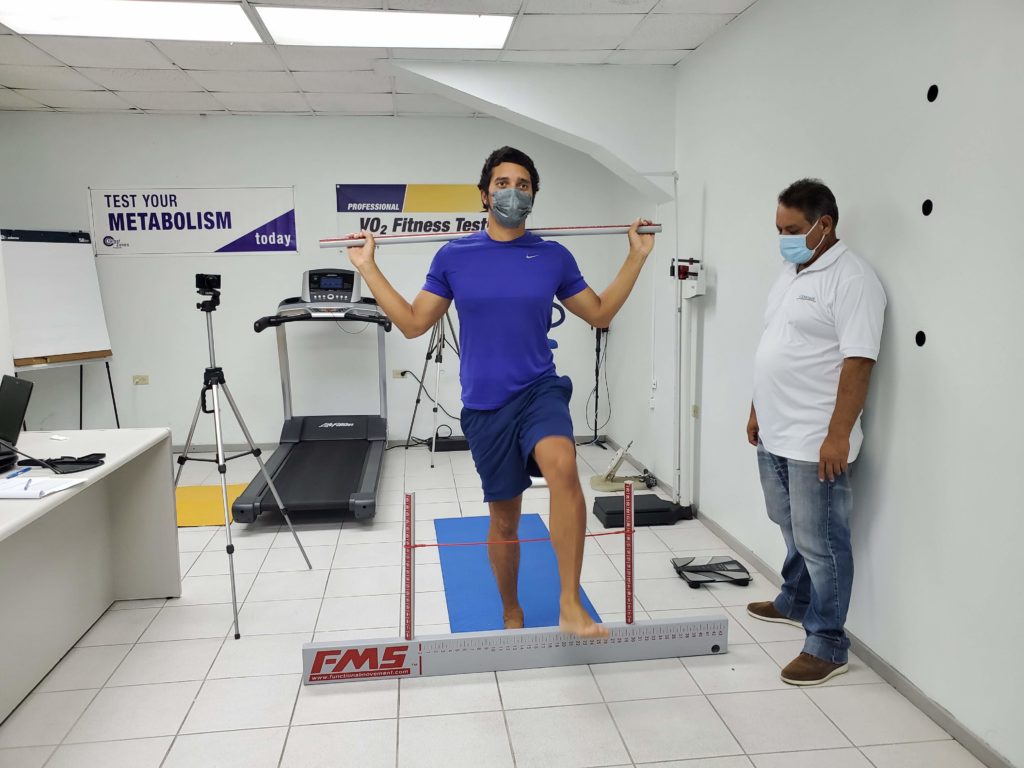Functional Evaluations in Sports Medicine: A Comprehensive Overview
Functional evaluations are a cornerstone in sports medicine, providing invaluable insights into an athlete’s physical capabilities, limitations, and potential areas for improvement. These assessments are essential for both injury prevention and rehabilitation, ensuring that athletes can perform at their best while minimizing the risk of injury. In this article, we will explore the various components of functional evaluations and their significance in sports medicine.
The Importance of Functional Evaluations
Functional evaluations are designed to assess an athlete’s ability to perform specific movements and activities that are relevant to their sport. Unlike traditional medical assessments that focus on isolated muscle strength or joint range of motion, functional evaluations take a holistic approach, examining how different body systems work together during dynamic activities. This comprehensive assessment is crucial for several reasons:


Injury Prevention: By identifying potential weaknesses or imbalances, functional evaluations help in designing targeted training programs that address these issues, reducing the likelihood of injuries.
Rehabilitation: For athletes recovering from injuries, functional evaluations provide a roadmap for their rehabilitation journey, ensuring that they regain their full functional capacity before returning to competition.
Performance Enhancement: Understanding an athlete’s functional abilities allows coaches and trainers to develop personalized training programs that optimize performance.
Components of Functional Evaluations
Functional evaluations typically consist of several key components:
Movement Screening: This involves assessing fundamental movements such as squatting, lunging, and twisting. Movement screens help identify compensatory patterns, asymmetries, and mobility restrictions.
Strength Testing: Assessing muscle strength, both in isolation and during functional movements, provides insights into potential weaknesses that could lead to injury or impact performance.
Flexibility and Range of Motion: Evaluating the flexibility of muscles and the range of motion of joints helps in identifying restrictions that could hinder performance or contribute to injury.
Balance and Proprioception: Assessing an athlete’s balance and proprioceptive abilities is crucial, particularly for sports that require dynamic movements and quick changes in direction.
Functional Performance Tests: These tests are specific to the athlete’s sport and involve tasks that simulate real-game scenarios. Examples include the vertical jump test for basketball players or the shuttle run test for soccer players.


Add Your Heading Text Here
To implement functional evaluations effectively, sports medicine professionals should follow a systematic approach:

Initial Assessment: Conduct a thorough initial evaluation to establish a baseline for the athlete’s functional abilities. This includes a detailed medical history, physical examination, and the above-mentioned functional tests.
Regular Monitoring: Functional evaluations should not be a one-time assessment. Regular re-evaluations are essential to track progress, identify new issues, and adjust training or rehabilitation programs accordingly.
Interdisciplinary Collaboration: Sports medicine professionals should work closely with coaches, trainers, and other healthcare providers to ensure a comprehensive approach to the athlete’s health and performance.
Conclusion
Functional evaluations are a vital tool in sports medicine, providing a comprehensive assessment of an athlete’s physical capabilities. By identifying potential areas of improvement, these evaluations play a crucial role in injury prevention, rehabilitation, and performance enhancement. As sports medicine continues to evolve, functional evaluations will remain a fundamental component in ensuring that athletes achieve and maintain their peak performance.
Feel free to use and adapt this article as needed. If you have any specific aspects you want to delve deeper into or additional topics you’d like to explore, just let me know!
